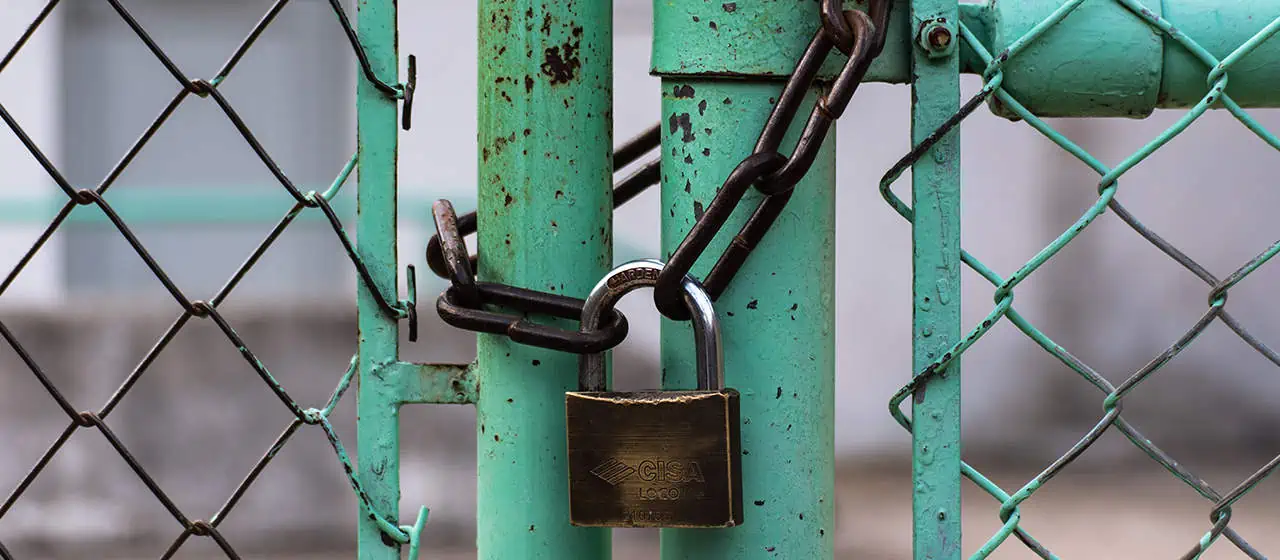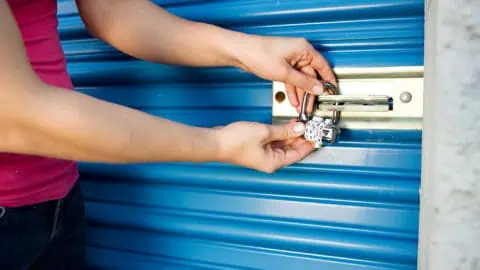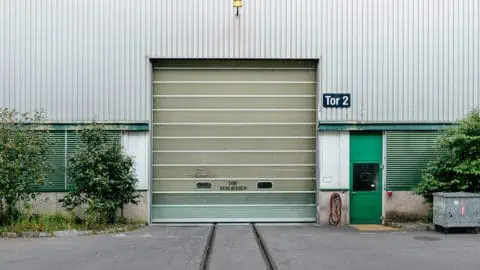Self Storage Tips For The Customer
Posted in: I'm a Mover, Self StoragePeak moving season, as we all know, is also peak self-storage season. And as business begins to heat up you can bet that customers will be looking for advice on where and how to store their stuff, for a couple of weeks or several years.
Pros that we are, we’ll want to be ready to unload with some expert advice.
What are the risks and considerations in choosing a self-storage unit?
Most are obvious: heat and humidity, freezing temps and condensation, snowmelt and rain and the chance of theft and pests. These things largely go away in a (correctly) climate-controlled environment.
But is climate control necessary? Not if our customer is simply tossing everything from their garage into storage. In fact this is a good litmus test: if the customer is comfortable storing their things in their garage then an outdoor-access storage unit might well be enough. Then again, does the customer really know what’s good for the garage?
What sorts of things are susceptible to damage?
Artwork and electronics for starters. Photographs and paper documents can also suffer the ravages of the elements, even if they are kept out of nature’s direct reach. Vinyl and leather furniture can weather and crack. Fabric upholstery can provide a breeding ground for mold and mildew and all sorts of pests. Even boxed-up clothing can get ruined. So to say what’s good for the garage is good for the outdoor unit pretty much holds true, in whatever climate you inhabit.
Protip: Unless you visit your self-storage unit regularly your belongings will spend long periods of time without any appreciable air circulation. This is one possible and possibly a major difference between that unit and one’s own garage.
So what basics should one look for when scouting out a facility?
Security measures, for sure. Many places have closed circuit security cameras in place, with access limited to a gated entrance to an otherwise fenced-in property. The vigilance of the person manning the office, of course, is a constant variable.
Hours of access: Does the facility offer 24-hour keypad-controlled entry or is access limited to business hours? Logistical access: How easy or difficult would it be to maneuver a 26-foot rental truck into, around and out of the grounds? Are there loading docks and decent elevators for those indoor storage units?
For those outdoor units: Is there a lip or raised edge between the street surface and the unit surface? Is there drainage, or does the outside surface pitch away from the unit? These things help prevent water from seeping into the unit and damaging your stuff.
All right, how about some quick DO and DON’T tips?
DO:
- Thoroughly drain any major appliances like fridges, freezers and washing machines before storing.
- Clean smaller appliances to get rid of food particles that might attract pests (hopefully not a problem but there’s no danger in erring on the side of caution).
- Put light items inside empty spaces – boxed-up lampshades in the fridge and clothes in the dresser drawers – to save space in your potentially-cramped unit.
- Make and keep a list of items you store, along with their approximate value, in case of damage or loss.
DON’T:
- Pack stuff in airtight plastic bags – this will only encourage mold and mildew.
- Pile loads of stuff on top of that loveseat or those easy chairs – those cushions might never fully recover.
- Leave upholstered furniture uncovered, especially vinyl and leather – particularly in an uncontrolled environment, prolonged contact with other materials and surfaces can do irreparable damage.
- Assume your stuff will be covered in case of fire or flood or any other situation – because it won’t be. You’ll need your own insurance!
This is only the tip of the self-storage iceberg. An extensive list of tips can be found right here.
So how big a storage unit am I going to need?
Ah, the million-dollar question. Storage can be expensive, and no one wants to pay for space they don’t need. Self-storage people will offer the basic “one room fits in a unit this size” but no one knows how much stuff you have in your room except you. Or, there are online storage unit size calculators like this one from StorageFront.com, but those are just broad estimates. A customer’s best bet? After deciding exactly what they want to store, getting it all together and taking a picture of the pile to show to the person at the storage facility might help in determining the right size unit.




Simon Brooks
This is some great advice, keeping security at the top of your priorities when looking for a storage facility is a great idea. If you’re planning on leaving some of your stuff stored there in the long term, then it is absolutely necessary to make sure that it is going to stay safe and secure. If you’re worried about what kind of safety features a certain facility has, then most facility owners will be happy to tell you about them if you call the company and ask.